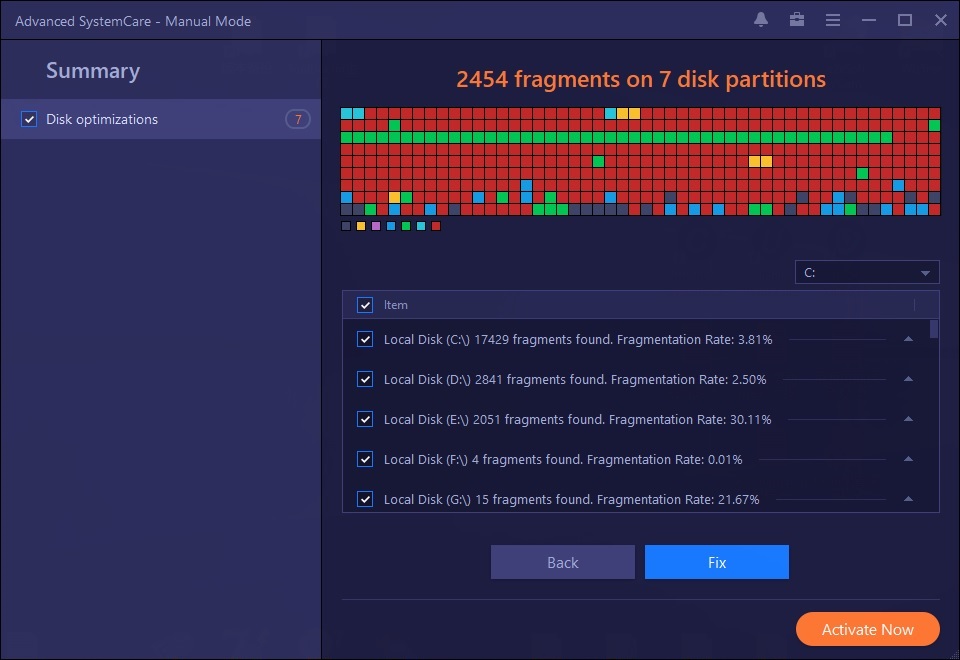

To enable the real-time optimization on the traditional HDD drive you need to shut down your VM -> open your virtual machine's configuration. This feature is enabled by default if your Mac's primary hard drive is an SSD drive, and it is available for Windows 7, 8, 8.1 and 10 virtual machines and the OS X virtual machines starting from 10.8 Mountain Lion. But you can also optimize drives on your PC manually. The real-time disk optimization feature relies on a TRIM command, which is used in Windows by Optimize Drives option (previously called Disk Defragmenter), and by default runs automatically on a weekly schedule. We have created a feature that takes care of that for you. Time to reformat the EVO 850 to make sure alignment is ok and it will be all good :-)īottom line: apparently the 3rd SATA connector on the motherboard has limitations that don't matter with a DVD drive but make it less compatible with SSDs and HDs.Since Parallels Desktop version 10 you no longer need to think about the unused disk space in your Windows virtual machine (VM). HD still shows as HD, but has become removable. Now SSD shows as SSD, no longer removable. Finally opened the case and swapped the SATA connectors of the SSD and HD this morning. SSD didn't show up in BIOS but was detected in Windows as a hard disk - functional but defragmenting instead of trimming. Spent a lot of time trying the suggestions above and others to no avail. I wanted to have a 2nd SSD and keep the HD, so connected the EVO 850 SSD instead of the DVD drive, which works just as well over a USB adapter connected to a free USB 2.0 port. Machine is an hp Omen 870-267nz which turned out to have only 3 SATA connectors on the motherboard, one of which was used for the DVD drive. Same issue here with a Samsung EVO 850 recognized as a HDD and shown as removable in the systray, across numerous versions of Windows 10 Home.


 0 kommentar(er)
0 kommentar(er)
